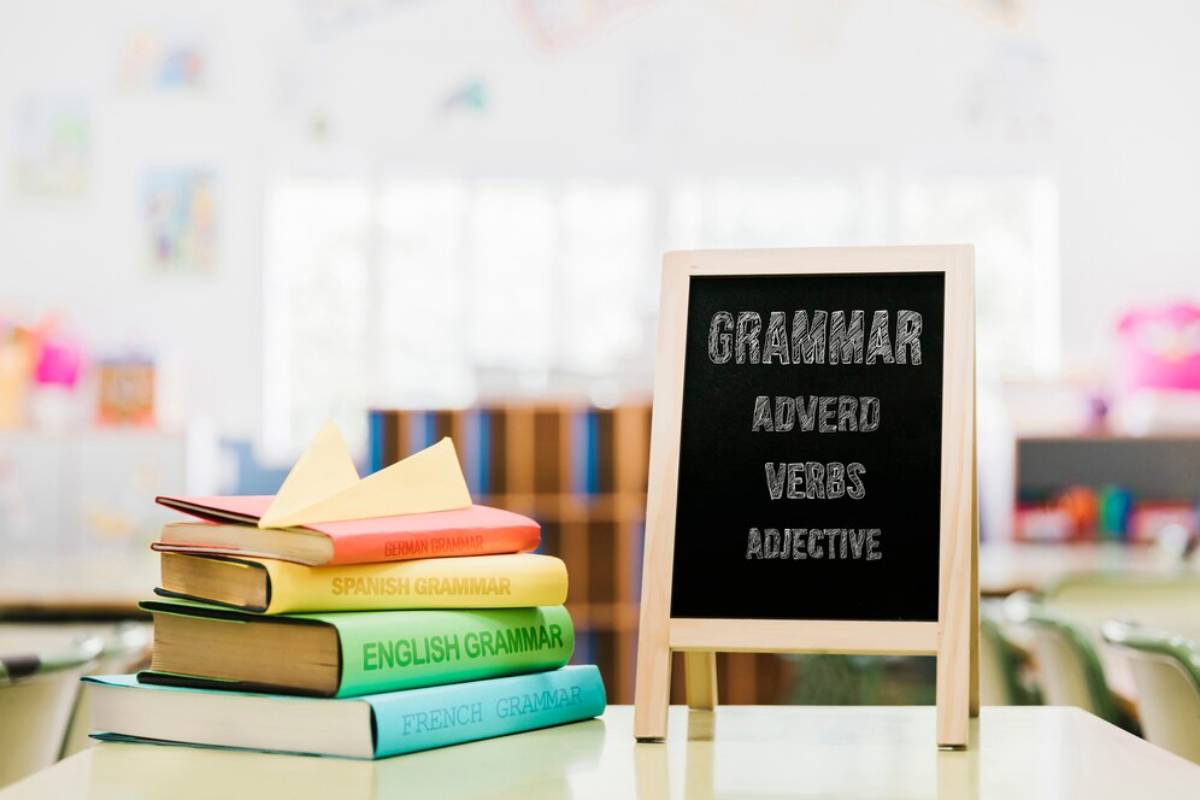
How to Build a Personalised Language Learning Routine
You want to learn a new language. You’ve downloaded the apps, bookmarked a few grammar guides, and maybe even followed a native speaker or two on social media. But still, progress feels random or slow.
The truth? Without a routine, even the best tools won’t take you far.
This guide will help you build a personal language plan tailored to your lifestyle, strengths, and goals. Instead of guessing what to do each day, you’ll have a custom learning routine that keeps you on track and makes consistent progress feel easy.
Why You Need a Personalised Learning Routine
Language learning doesn’t work well with a one-size-fits-all approach. We all have different:
- Schedules
- Attention spans
- Learning preferences
- Motivations
A language daily habit that fits your real life is easier to stick with—and far more effective.
Plus, routines reduce decision fatigue. You won’t waste time asking “What should I study today?” You’ll just do it.
Pro tip: A small, consistent routine beats random big efforts every time.
Quick Guide: What Your Routine Should Include

Before diving into the full plan, here’s a checklist of what makes a great personalised language routine:
- Clear long-term goal (e.g. hold a conversation in 3 months)
- Weekly time budget (total hours or minutes)
- Core skills to practise: listening, speaking, reading, writing
- Vocabulary-building method (spaced repetition, flashcards)
- Daily and weekly learning blocks
- Optional bonus sessions (TV, music, podcast time)
- Review points to measure progress
- Flexibility for your real schedule
Important: If you are bored, switch formats, not goals. Try a new method but stick to the plan.
Step-by-Step Guide: How to Build a Personalised Language Learning Routine
1. Define Your Language Goal
Start by asking: What do I want to achieve in 30, 60, or 90 days?
Examples:
- “Be able to introduce myself and order food in French.”
- “Understand beginner Korean podcasts without subtitles.”
- “Hold a basic 10-minute conversation in Spanish.”
Your goal should be measurable and connected to a real-life purpose (travel, work, connection).
Once you’ve set your goal, break it down into weekly or monthly checkpoints.
2. Choose Your Tools and Materials
Pick 2–3 tools that align with your learning preferences.
Examples:
- Visual learners: video lessons, illustrated guides, vocabulary cards
- Auditory learners: podcasts, pronunciation apps, audio flashcards
- Kinesthetic learners: language games, speaking exercises, note-taking
Popular core tools include:
- Duolingo, Babbel, or Memrise (structured learning)
- Anki or Quizlet (vocabulary spaced repetition)
- HelloTalk or Tandem (real-time conversation)
- YouTube or Netflix (immersion)
To help pick your platform, see Flashcards vs Apps: Best Tools for Vocabulary Retention.
3. Set a Realistic Weekly Schedule
Ask: How much time can I commit to language learning each week, realistically?
Even 15–30 minutes a day adds up if you do it consistently.
Sample breakdown:
- Monday–Friday:
- 10 minutes vocab review (Anki)
- 15-minute lesson (app or textbook)
- 5 minutes lof istening (podcast or audio)
- Saturday:
- 30 minutes of conversation exchange or shadowing
- 15 minutes of journaling in your target language
- Sunday:
- Rest or review session
Build in flex days to prevent burnout.
4. Build a Daily Micro-Routine
Your brain thrives on rhythm. Use small anchor habits like:
- “I do 10 minutes of flashcards after breakfast.”
- “I journal in Spanish after my afternoon tea.”
- “I watch 5 minutes of Korean drama every night.”
By connecting learning to a regular activity, you reduce the mental effort of getting started.
You can reinforce your structure using a 90-Day Language Learning Plan if you want a longer roadmap.
5. Rotate Core Language Skills
Balance your routine by rotating between four key skills:
- Listening: podcasts, music, audio clips
- Speaking: shadowing, voice notes, language exchange
- Reading: graded readers, subtitles, blog posts
- Writing: journaling, language challenges, text chat
You don’t need to cover all four every day. Instead, aim for a weekly balance.
6. Focus on High-Frequency Vocabulary
Not all words are created equal.
Use spaced repetition tools like Anki to focus on:
- Top 500–1,000 words in your target language
- Phrases, not just single words
- Context-based vocabulary (e.g. greetings, food, transport)
These words appear in 80% of basic conversations.
Start with simple topics like: introductions, directions, hobbies, daily routines.
7. Include a Speaking Component Early On
Don’t wait to “feel ready” to speak. Speaking reinforces memory, builds confidence, and shows you what you don’t yet know.
Try:
- Talking to yourself aloud
- Recording voice memos
- Language exchange calls
- Mimicking dialogues (shadowing)
Even 5 minutes a day boosts fluency.
8. Track Your Progress and Review Often
Use a language journal or app to track:
- New words learned
- Milestones (first full sentence, first conversation)
- What worked well and what didn’t
Review once a week:
- Adjust routines based on progress
- Note which tasks gave you the most energy or improvement
- Celebrate small wins
Best Practices from Language Learners

- Use real content from day one: Native material builds fluency fast.
- Speak more than you think you’re ready to: Confidence grows through use.
- Use your phone in the target language: A passive way to reinforce vocabulary.
- Make friends who speak the language: Motivation skyrockets when it’s social.
- Use downtime: 5-minute commute? Review flashcards. Waiting in line? Listen to the audio.
FAQs
1. What’s the best time of day to study a language?
Whenever you’re most alert. For many, it’s morning or early evening. Link it to an existing habit.
2. How much time should I spend daily on language learning?
Aim for 20–30 minutes a day. Even short sessions build fluency if you’re consistent.
3. What if I miss a few days?
Just pick up where you left off. Language learning is a marathon, not a sprint.
4. Should I focus more on grammar or vocabulary?
In the early stages, prioritise vocabulary and common phrases. Add grammar gradually.
Your Perfect Routine Starts with What Works for You
You don’t need a perfect system—just one that fits your life. A consistent, flexible personal language plan helps you make progress without stress.
The key is building a custom learning routine that matches your time, energy, and style. From there, your language daily habits will grow naturally, and so will your fluency.


